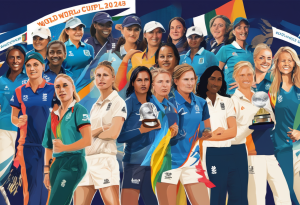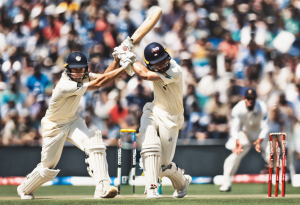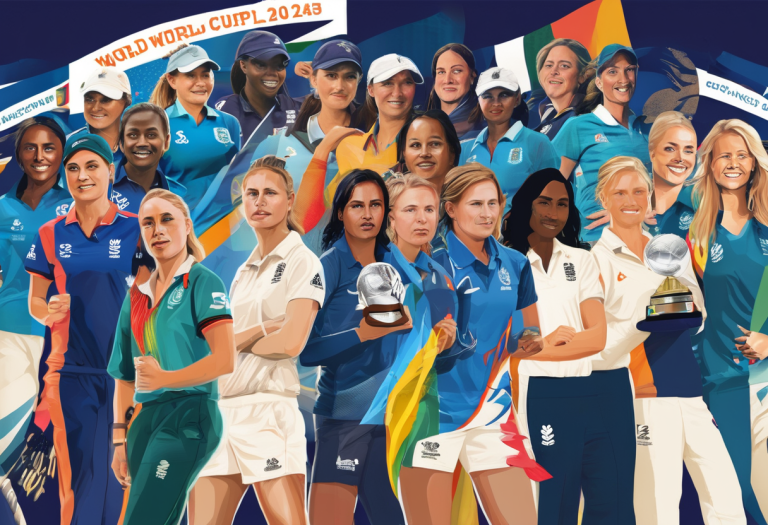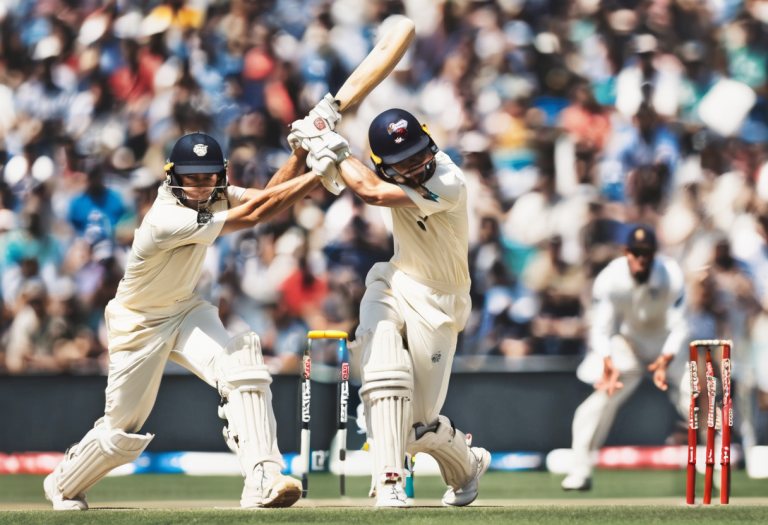As the popularity of women’s cricket continues to grow, the excitement for the upcoming ICC Women’s World Cup 2025 is already building up. With many talented teams vying for the coveted title, the role of statistics in analyzing match outcomes and player performances becomes crucial in predicting the potential winners. In today’s era of data-driven decision making, the use of statistics in cricket has become more prevalent than ever before.
Statistics in cricket not only help in understanding the strengths and weaknesses of individual players but also provide valuable insights into the overall team dynamics. The analysis of past performance data can give an idea of how a particular player or team may perform under different conditions and against different opponents. This can aid in making strategic decisions such as selecting the best playing XI, planning game strategies, and even making in-game decisions. With the availability of advanced statistical tools and technologies, teams can now delve deeper into match data and identify patterns that can give them a competitive advantage in the World Cup.
Moreover, statistics also play a crucial role in predicting the outcome of a match. By analyzing various factors such as venue, pitch conditions, weather, and player form, statisticians can come up with a probability of a team winning a match. While these predictions may not always be accurate, they can provide valuable insights to teams and fans before the start of a game. This can create a sense of excitement and anticipation, making the cricket viewing experience more engaging.
In conclusion, the role of statistics in predicting match outcomes and player performances in the ICC Women’s World Cup 2025 cannot be underestimated. It not only helps teams in making informed decisions but also adds an extra layer of excitement for fans. With the continuous development of statistical analysis in cricket, we can expect more accurate predictions and a deeper understanding of the game in the upcoming World Cup.







